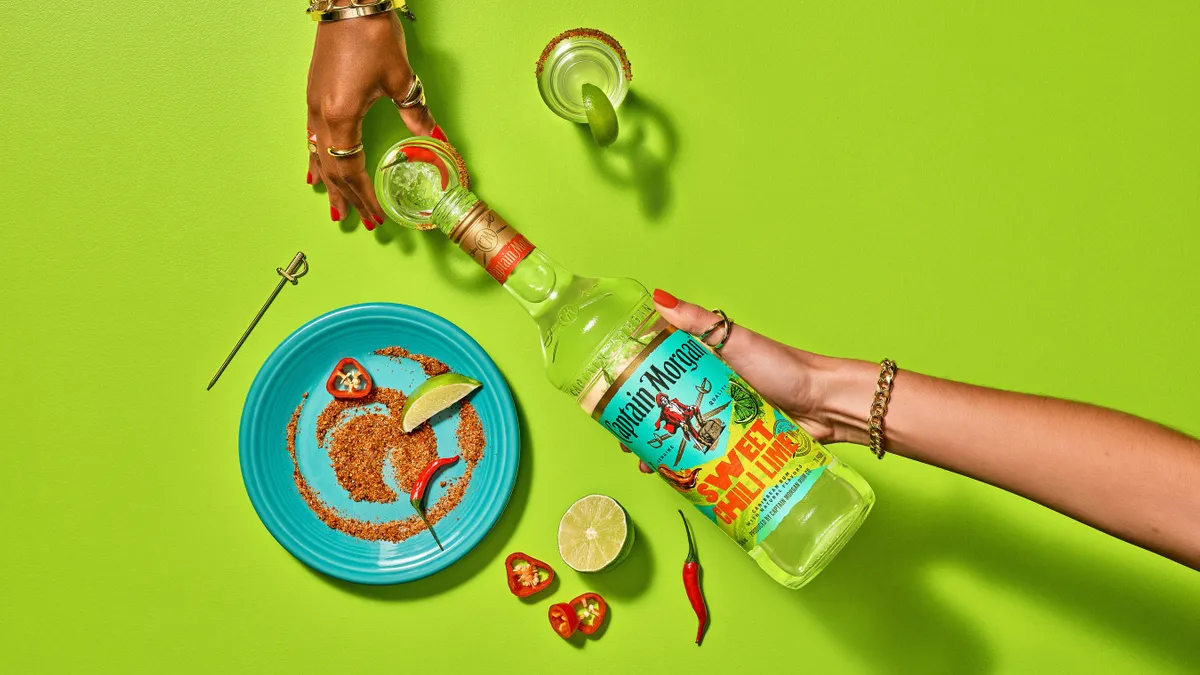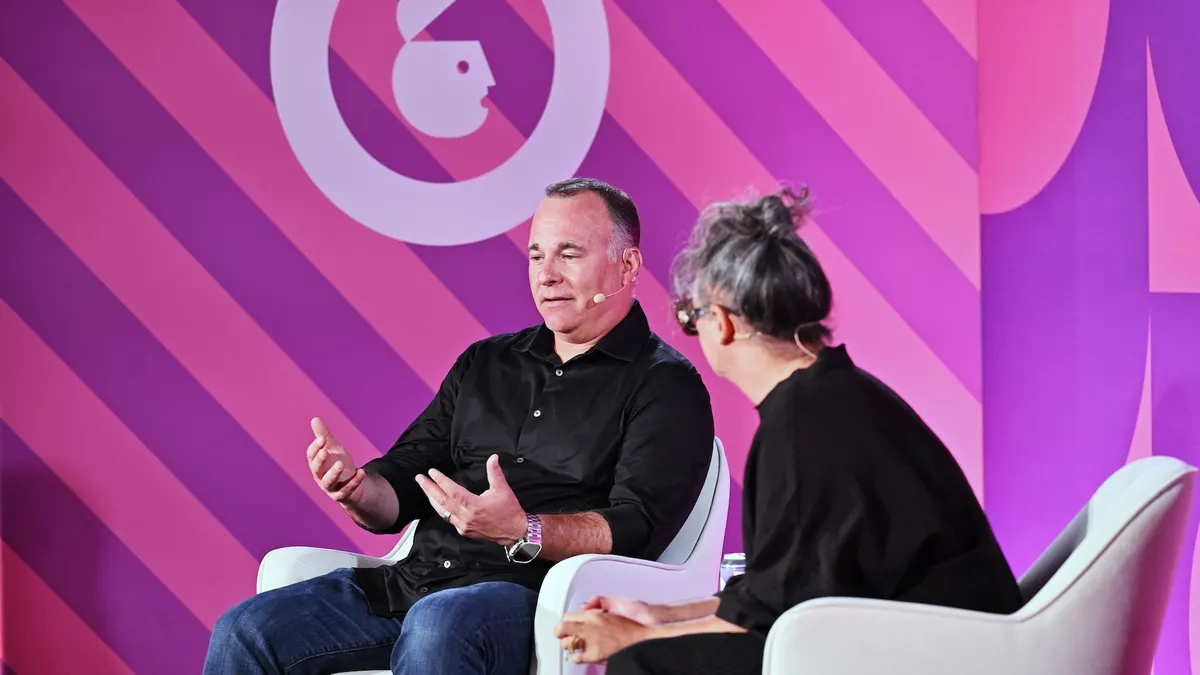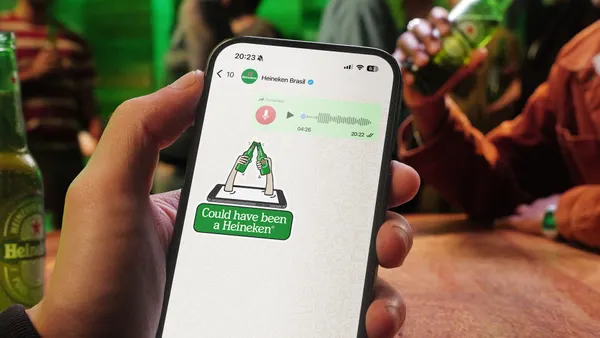Dive Brief:
- PayPal is heading to stores via a deal with Alphabet Inc.’s Google to enable its services on Android Pay, according to a Wall Street Journal report. Pali Bhat, global head of payment products for Google, told the Journal a new feature would be popping up on Android Pay and PayPal apps to help facilitate the checkout process for shoppers.
- Account holders will be able to use PayPal to shop at Walgreens, Dunkin’ Donuts and other retailers and eateries that accept Android Pay beginning in a few weeks. At launch, account holders connecting a Discover credit card to their PayPal accounts will be able to use it with Android Pay. Visa and Mastercard usage with Android Pay will follow over the next few months for PayPal customers.
- PayPal had 197 million customer accounts at the end of 2016, and it processed $102 billion in mobile payment volume and $2 billion in mobile payment transactions in the last year. Android Pay is expected to reach 24 million users this year, putting it behind Apple Pay and Samsung Pay.
Dive Insight:
Mobile payments have been stuck in a rut. Adoption by U.S. consumers has stalled. Few are aware mobile payments exist and, among those that are aware, many are perfectly happy with how they currently pony up for goods with cash and cards. Security concerns and an inability to erect retail infrastructure have also surfaced as impediments to the spread of mobile payments. Although mobile ordering has been a boon to certain companies like Starbucks, digital wallets haven't come close to matching their promised potential yet.
Enter Google’s deal with PayPal. This partnership could shake up the mobile payments field tremendously. As The Tech Portal points out, Google and PayPal are relying on each other to penetrate new markets and make cashless transactions so easy that mobile payments win over detractors. Android Pay will leverage consumer trust in PayPal to build its consumer base, which currently trails Apple Pay by tens of millions of people, and convince retailers that have been reluctant to join the mobile payment movement to get on board. Android Pay is currently available at 24% of retailers, compared to Apple Pay at 36% of retailers.
Despite mobile payment stumbles so far, industry prognosticators have been bullish on digital wallets, in part because of the embrace of the technology in emerging markets where traditional banking isn’t as institutionalized as it is in the U.S. Juniper Research predicts Apple Pay, Samsung Pay and Android Pay could reach 500 million customers by 2021, and that prediction was made before PayPal handed Google the key to a flood of Android Pay potential customers. Of course, global competitors (Alipay and WeChat, for instance) will surely be making rival moves to stop Android Pay and its ilk from butting into their businesses.












